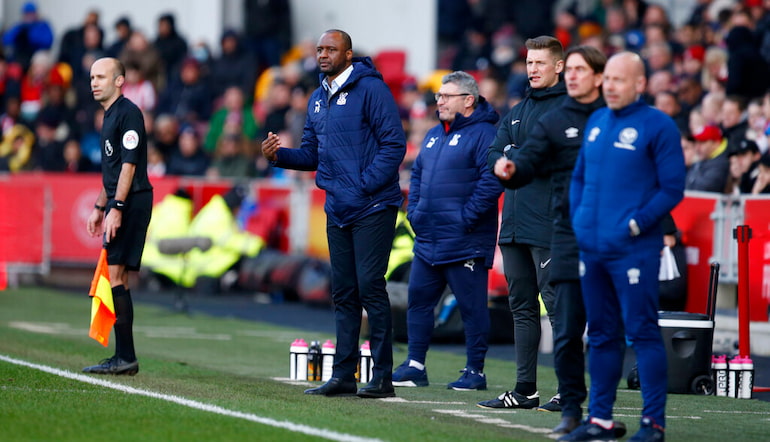There may be some twists and turns on the near-horizon but with two games remaining of the 2022/23 season, the league table reveals that the bottom four have all dispensed with their managers in recent months, desperate to benefit from that much-trumpeted phenomenon known as a ‘new manager bounce’.
The two teams above them – clubs that have spent a combined 15 weeks in the drop-zone this term, but who have since pulled themselves clear – kept faith with their men at the helm.

Is it therefore more prudent to stick with what you’ve got, to plough on until the tide almost inevitably turns? One of the oldest cliches in the game after all is that the league table never lies.
If that is a simplistic reading of the situation, however, let’s widen the lens to take in the Premier League season as a whole, one that has seen 13 top-flight managers sacked, an unusually high figure.
Last season, ten coaches were jettisoned. The season before, just four.
Add in the numerous interim comings and goings and it starkly highlights how top-level football is careering ever-more towards chaos over stability.
Indeed, as panic takes hold and lucrative rewards for avoiding failure become even greater, this season has seen more names featured in the next Premier League manager to be sacked odds as there are Joneses in a phone book.
But is it always the shrewdest strategy to fire a struggling manager, even when results seem to be spiralising? And more pertinently, do those clubs then enjoy an upturn in fortunes as a direct consequence of changing personnel?
To determine this, let’s look at those 13 dismissals and compare each team’s output in the ten games immediately after the trigger was pulled, to the ten games that led to a chairman losing his patience.
Naturally, when analysing the most recent sackings – Leeds’ firing of Javi Gracia for example, their second managerial switch of the campaign – we can only assess the few fixtures that are available.
And the results prove emphatically something we’ve always suspected. That there is no such thing as a ‘new manager bounce’. It is a myth. A fallacy.

In total, the results of the 13 sacked gaffers in the games leading up to their departure produced 111 points from a possible 333. So one in three, which is admittedly hardly great but of course that’s to be expected. It was this poor ratio that got them the chop.
But the equivalent number of games after they left produced just 122 points, an increase of a meagre 11 points from well over 100 fixtures. That boils down to 0.3 points-per-game, a marginal return at best.
Granted, that’s an improvement of sorts but what it absolutely does not constitute is a bounce and moreover is it worth all of the upheaval and expense, not to mention the inherent risk of continued regression.
It’s a regression that is evident across several of the ten clubs who have fired their managers this season with only Crystal Palace, Aston Villa, Everton and Wolves showing a marked upturn in results post-sacking.
Chelsea have only got worse twice-over after getting rid of Thomas Tuchel, then Graham Potter. The same goes for Southampton and Tottenham, their odds in the football betting lengthening despite taking supposedly decisive action.
Then we return to the beginning, and a reminder that the bottom four clubs have all changed management this season. They hoped for a ‘new manager bounce’. Instead their intention to turn over a new leaf has gone splat.
*Credit for all of the photos in this article belongs to AP Photo*



